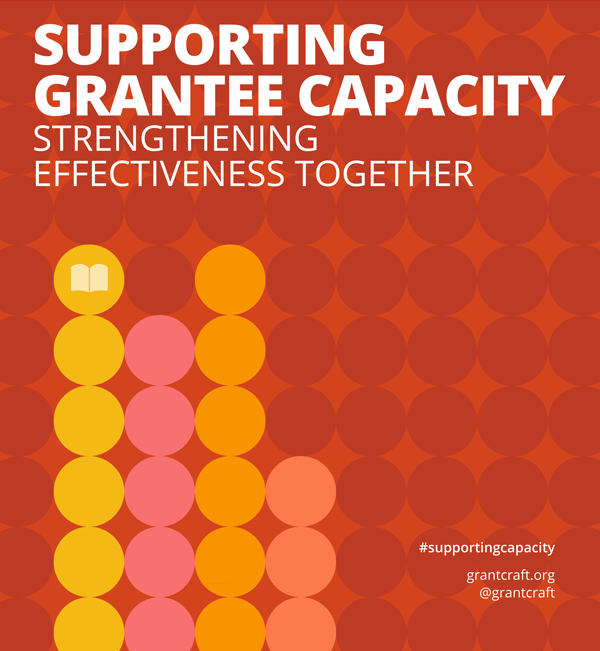Defining Roles and Goals Lens
More than anything, it’s important to dedicate time with grantees to discuss roles and goals. Funders agreed that foundations have a role to play in working with grantees on goals setting, especially when the capacity to be built is at a field or issue level. As one funder put it, “It is not possible for program officers to sit inside their foundation dreaming up solutions to really big, complex problems on their own. It’s not only that we’re not smart enough, but there’s something about the co-creation process, co-examining the problems and dreaming together about approaches, that makes you actually come up with higher-quality solutions. And by the way, you’ve built the ownership required for actual implementation.” This teamwork approach, while overall agreed upon, certainly has varying degrees of who takes the lead, and how.
While the overriding point of view expressed from both funders and nonprofits is to let grantees set goals and focus, there are times when grantees appreciate funders being more directive in capacity-building goal setting. As one nonprofit leader shared, “Funders will cherry pick from proposals. It’s frustrating, but they can end up being right more often than not. Funders have helped us to become more cohesive and collaborative within our own organization about what questions we’re asking and what our strategy is. They have helped us grow immeasurably in communica - tions and how we share information. It can be invaluable for them to say ‘we need you to do better.’” Of course many nonprofits share the counterbalancing perspective: “Our funder really was terrific. There wasn’t a long negotiation. They were hands off about how we used the funds.”
Foundations can hold grantees accountable through their reporting and assessment processes, but “accountability is often not a two-way street,” said many nonprofit staff. Grantees have expectations, even wish lists, of the role funders will play. We heard, “It would be helpful to have a better mutual understanding about how long it takes to implement the specific capacity-building changes being funded. In some situations, like changing communications culture, it can take longer than a one-year grant. If funders are pushing for change it would also be helpful to know their commitment to seeing the change through, maybe by providing more than one cycle of funding.” Of course funders cannot necessarily know their answer to these questions in advance, nor do they want to feel like ensuring sustainability of what they fund is their responsibility. But funders might consider how they can help grantees understand what other roles, beyond grantmaking, they can commit to, whether it be to serve as a sounding board, a connector to other resources and training, and so on. That way grantees feel less like, “You brought me to the dance and now you’re going to leave me,” as one nonprofit leader put it, and more like they have the support they need to make their capacitybuilding endeavors successful.
Takeaways are critical, bite-sized resources either excerpted from our guides or written by Candid Learning for Funders using the guide's research data or themes post-publication. Attribution is given if the takeaway is a quotation.
This takeaway was derived from Supporting Grantee Capacity.


